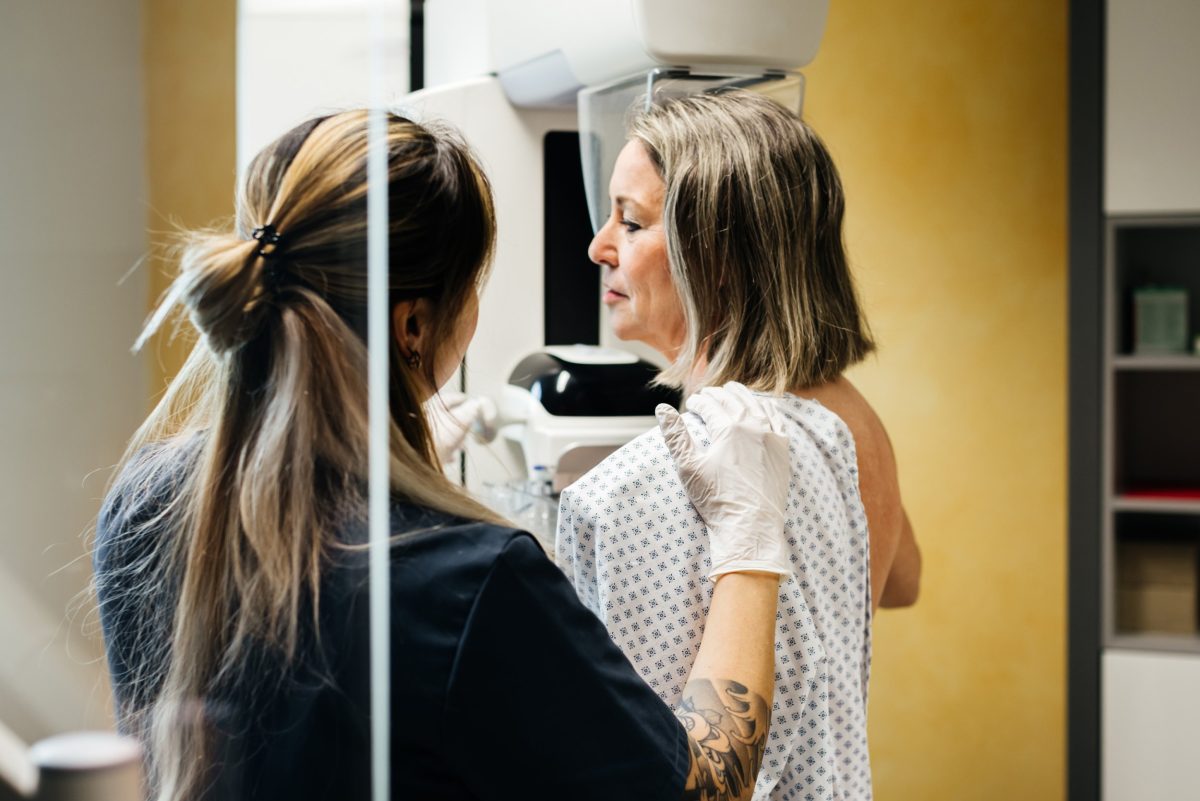Science
Breast Screening Could Identify Women at Risk of Heart Disease

A recent study suggests that routine breast cancer screenings may serve a dual purpose: identifying women at risk of heart disease. Researchers, led by Dr. Jennifer Barraclough from The George Institute for Global Health in Sydney, discovered that mammograms could detect signs indicating a higher likelihood of heart attacks, enabling preventive measures for those affected.
In the United Kingdom, approximately 2 million women undergo breast screenings annually, with the National Health Service (NHS) inviting women aged 50 to 71 for checks every three years. The study indicates that these screenings could also identify women needing lifestyle changes or medications to manage blood pressure and cholesterol levels.
Breast density serves as a critical indicator of heart health. Research revealed that if plaques exist in the heart arteries, they may also be present in blood vessels elsewhere, including the breasts. Increased fatty tissue within the breasts correlates with a higher amount of fat around the heart, a condition identifiable through mammograms.
To explore the feasibility of using breast screenings as a heart health assessment tool, Dr. Barraclough’s team analyzed health records from nearly 50,000 Australians who had undergone at least one breast scan. Over a follow-up period of nine years, around 3,400 participants experienced heart attacks, strokes, or were diagnosed with arterial plaques.
The researchers developed an artificial intelligence (AI) tool to assess the risk of these cardiovascular events based on breast scan results combined with age. The AI program demonstrated a level of accuracy comparable to current heart risk screening methods, which typically consider factors such as weight, blood pressure, and family history.
Dr. Barraclough emphasized the potential of breast screening as a straightforward method for women to address heart disease risk. The findings were published in the medical journal, Heart. Professor Gemma Figtree, a cardiologist at the University of Sydney, noted in a commentary that this approach could be seamlessly integrated into routine breast screening visits, eliminating the need for additional medical history or blood tests.
The study has sparked interest in other innovative heart risk screening methods. Dr. Arunashis Sau, a cardiologist at Imperial College London, highlighted ongoing research into detecting arterial plaques through examinations of blood vessels in the eye or neck.
“This approach allows for background detection, benefiting individuals already attending screenings by identifying those at high risk,” Dr. Sau stated. He added that such findings could serve as a wake-up call, prompting necessary lifestyle changes like increased exercise, improved diet, reduced salt intake, and weight loss.
The implications of this research could lead to significant advancements in preventative healthcare for women, addressing both breast and heart health in a single visit.
-

 Health3 months ago
Health3 months agoNeurologist Warns Excessive Use of Supplements Can Harm Brain
-

 Health3 months ago
Health3 months agoFiona Phillips’ Husband Shares Heartfelt Update on Her Alzheimer’s Journey
-

 Science1 month ago
Science1 month agoBrian Cox Addresses Claims of Alien Probe in 3I/ATLAS Discovery
-

 Science1 month ago
Science1 month agoNASA Investigates Unusual Comet 3I/ATLAS; New Findings Emerge
-

 Science1 month ago
Science1 month agoScientists Examine 3I/ATLAS: Alien Artifact or Cosmic Oddity?
-

 Science1 month ago
Science1 month agoNASA Investigates Speedy Object 3I/ATLAS, Sparking Speculation
-

 Entertainment5 months ago
Entertainment5 months agoKerry Katona Discusses Future Baby Plans and Brian McFadden’s Wedding
-

 Entertainment4 months ago
Entertainment4 months agoEmmerdale Faces Tension as Dylan and April’s Lives Hang in the Balance
-

 World3 months ago
World3 months agoCole Palmer’s Cryptic Message to Kobbie Mainoo Following Loan Talks
-

 Science1 month ago
Science1 month agoNASA Scientists Explore Origins of 3I/ATLAS, a Fast-Moving Visitor
-

 Entertainment2 months ago
Entertainment2 months agoLewis Cope Addresses Accusations of Dance Training Advantage
-

 Entertainment3 months ago
Entertainment3 months agoMajor Cast Changes at Coronation Street: Exits and Returns in 2025









